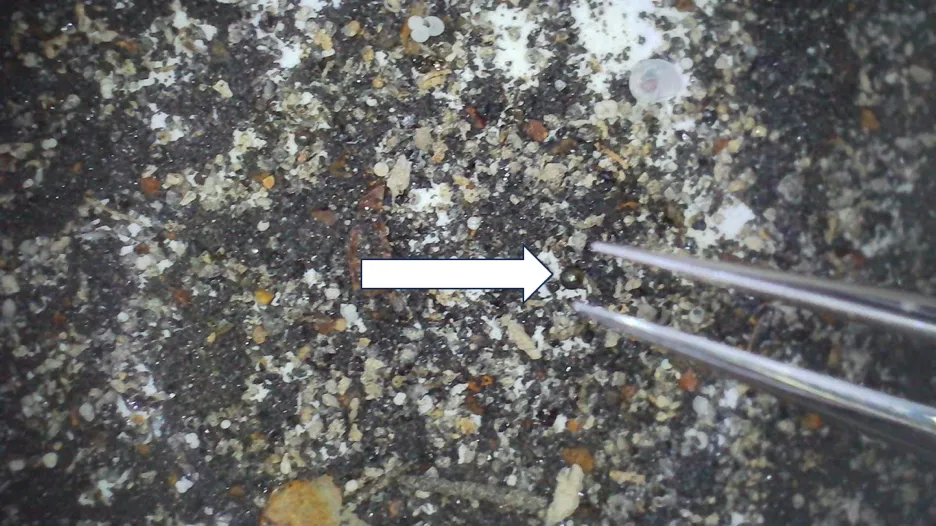Tiny Beads from Space

A Discovery Worth Debating
In 2014, a meteor known as IM1 entered Earth’s atmosphere with unusual speed, catching the attention of scientists. Avi Loeb, a Harvard University astronomer, saw an opportunity to search for remains of IM1 and led an expedition in June this year. The team used powerful magnets to extract hundreds of small spherules from sediment below the ocean’s surface near Manus Island.
Unearthly Chemistry
Preliminary analysis of these spherules indicates some do not match the chemical composition of our Solar System’s materials. Variations in iron isotopes suggest a violent entry through our atmosphere, supporting the idea that these objects aren’t from Earth. Moreover, they are rich in unusual metals like beryllium, lanthanum, and uranium, never before seen in meteorites.
Possible Interstellar Origins
This discovery contributes to the study of rocky material exchange between stars. Objects could be flung from one star’s orbit to another, although such events remain rare on cosmic timescales. Our first confirmed interstellar visitor, Oumuamua, was observed only in 2017.
Debates and Skepticism
The findings are generating significant debate and skepticism in the scientific community. While some propose the possibility of alien technology due to the high uranium content, others remain cautious, seeking more information. The Galileo Project aims to explore not only materials of extraterrestrial origin but also signs of alien technology, further polarizing opinions.
Legal Controversy
The expedition also faces criticism from Papua New Guinean authorities, alleging visa issues. However, as science evolves, separating politics and personal beliefs from useful discoveries remains crucial.
Awaiting the Truth
We must patiently await more evidence before confidently stating that these tiny beads originated from another star’s warmth. For now, we can only imagine the fascinating story they might tell.
This research is currently available on arXiv.org awaiting peer review.
Also Read: JWST Capture Mesmerizing Pic Of Whirlpool Galaxy, Possibly Its Best Yet.






